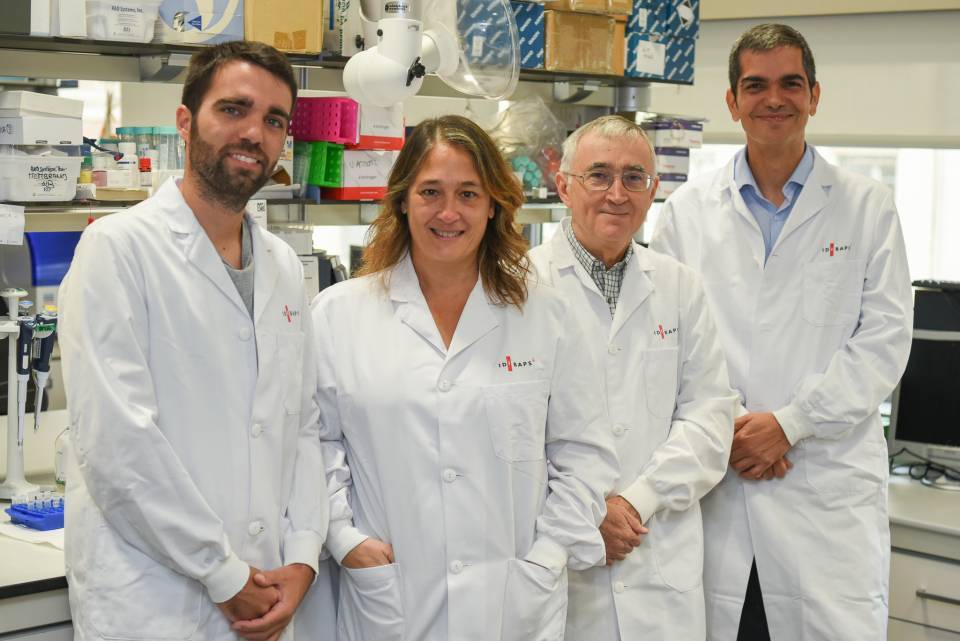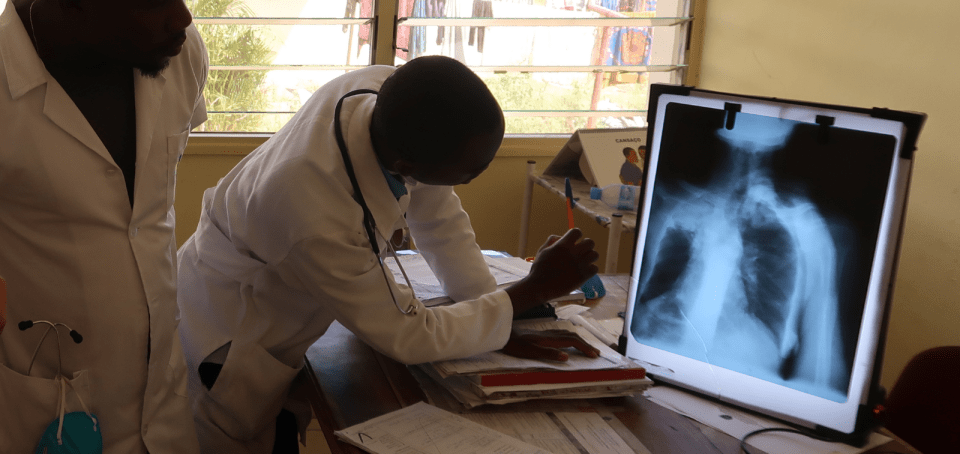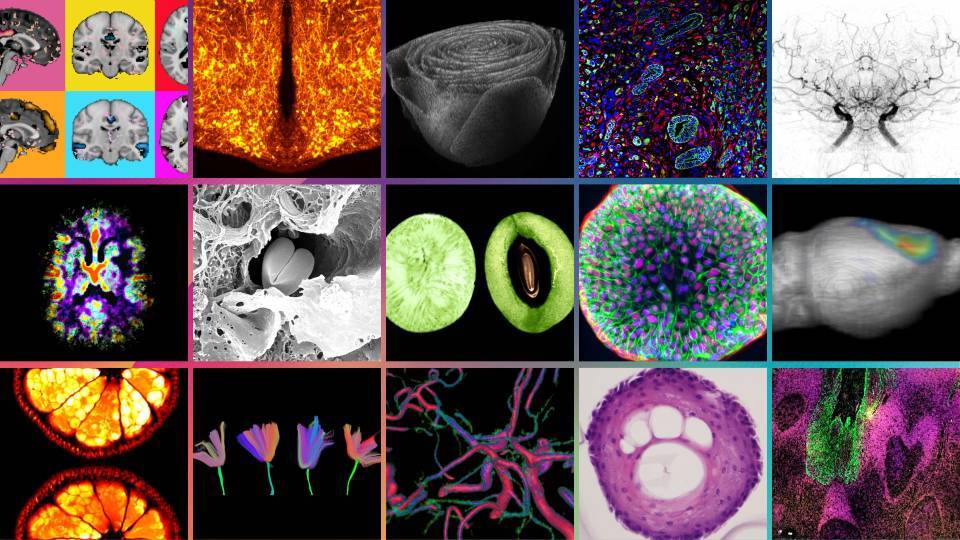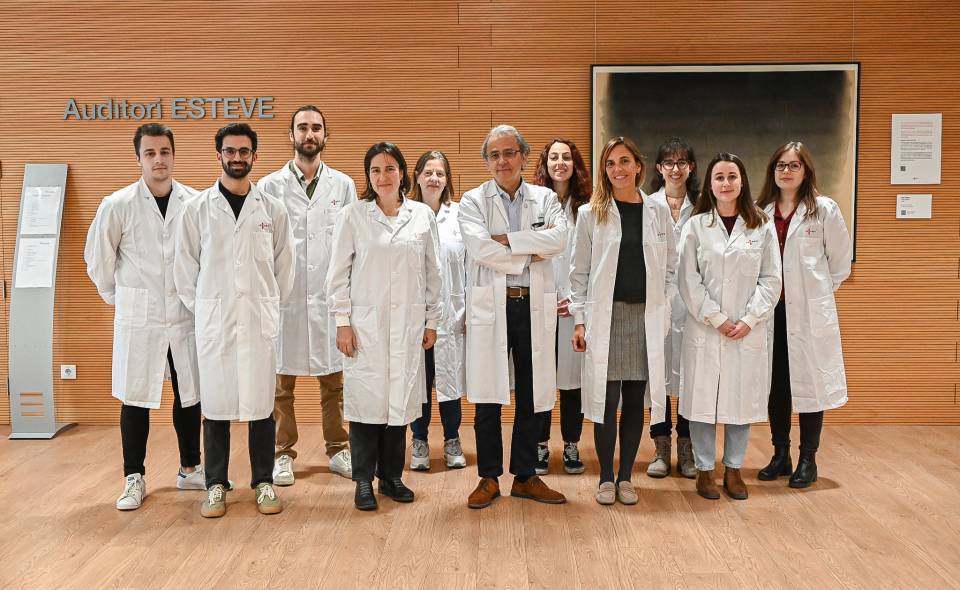The two studies published today in the journal Nature describe, for the first time, the relevance of these unexplored regions of the genome in tumor progression thanks to the development of a new bioinformatics methodology.
Unlike the mutations that had been identified so far, which affected genes that encode proteins, the two mutations identified in these studies affect a very small gene that does not encode protein. However, this gene, called U1-snRNA, contributes to the maturation of most of the genes expressed in the cell, so these mutations have a cascade effect that affects different molecular mechanisms involved in the appearance and progression of the Cancer.
In these studies have participated Lincoln Stein, director of Adaptive Oncology at the Ontario Cancer Research Institute, Michael Taylor, from the Pediatric Neurosurgery and Developmental Biology and Stem Cells Service at the Hospital for Sick Children in Toronto, Elías Campo, director of the IDIBAPS, Research Director of the Clinical Hospital and Full Professor of Pathological Anatomy at the University of Barcelona, and Xose S. Puente, researcher at the IUOPA and Full Professor of Biochemistry and Molecular Biology at the University of Oviedo.
The genome’s frontier
The cancer is caused by the appearance of mutations in a few genes that affect the normal functioning of the cell and cause tumor transformation. The type of mutation determines the evolution of the tumor, as well as the response to treatment with specific drugs, hence the need to know the mutations that cause this transformation.
During the last 10 years, the International Cancer Genome Consortium (ICGC) has been sequencing the genome of more than 17,000 tumors of the main types of cancer, to identify the mutated genes in these tumors. "Unfortunately, some regions of the genome are so repetitive and complex that they were beyond explorable with the technology we had," says Dr. Xose Puente. “It's like trying to complete a puzzle of a blue-sky picture. Most of the blue pieces could fit anywhere in the puzzle, so it is very difficult to complete,” he adds.
Now, it has not only been possible to investigate these regions, but the analysis of more than 2,500 tumor genomes has revealed the existence of two mutations in different types of tumors. These results open the possibility that mutations in other similar regions play a role in other cancers or in other genetic diseases.
Clinical and functional impact
The U1-snRNA mutation was identified in samples of chronic lymphatic leukemia, the most frequent leukemia in adults, as well as liver carcinoma. Another mutation in the same genome site is present in almost all tumors of adult patients with SHH-type medulloblastoma, as well as in other subtypes of this group of brain tumors.
The functional and clinical validation, carried out by the researchers of the Hospital Clínic-IDIBAPS and the University of Oviedo, confirmed that this mutation caused a chain of alterations in multiple genes, and was associated with the more aggressive forms of chronic lymphatic leukemia. "We have managed to explain why in a subset of patients the disease evolves rapidly and requires treatment, while in other patients the leukemia is indolent and does not require treatment for many years," explains Dr. Elías Campo.
Regarding the clinical application, these two mutations could be used as a prognostic marker in medulloblastoma and chronic lymphatic leukemia and represents a new opportunity for treatment.
Thus, drugs that affect RNA maturation and are being tested for other types of tumors, could be useful in the treatment of these patients. In addition, this mutation causes other genes to mature incorrectly, which could make it easier for the immune system to recognize tumor cells through new immunotherapy treatments. “This study is not only the first to identify functional mutations in the repetitive areas of the genome, but also highlights the relevance of making all genomic studies public and accessible so that the scientific community can re-analyze them as new ones develop. analysis tools,” concludes Elías Campo.
This research has been possible thanks to the financing of “la Caixa” Banking Foundation, CIBERONC and the Carlos III Health Institute.
Article reference:
The U1 spliceosomal RNA is recurrently mutated in multiple cancers
Shimin Shuai, Hiromichi Suzuki, Ander Diaz-Navarro, Ferran Nadeu, Sachin A. Kumar, Ana Gutierrez-Fernandez, Julio Delgado, Magda Pinyol, Carlos López-Otín, Xose S. Puente, Michael D. Taylor, Elías Campo & Lincoln D. Stein
Nature. 2019 Oct 9.




